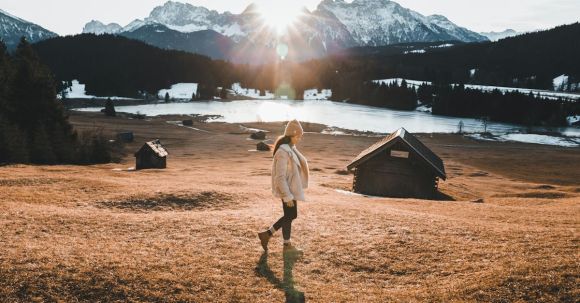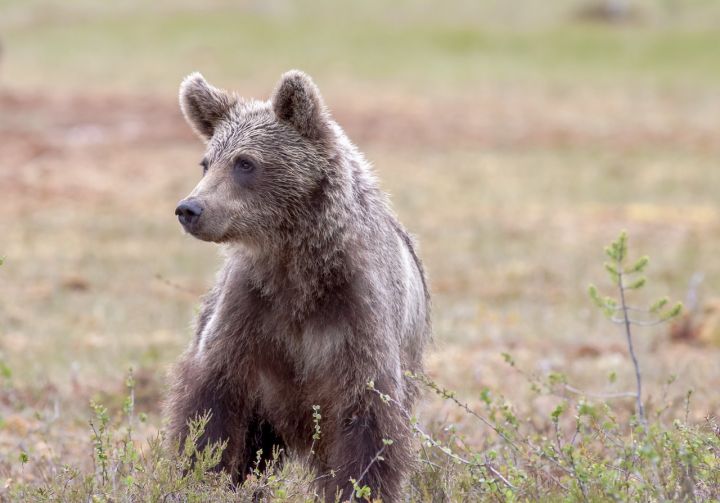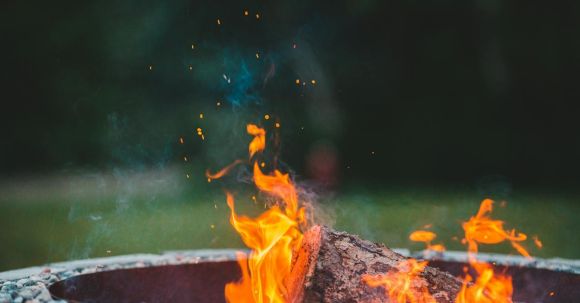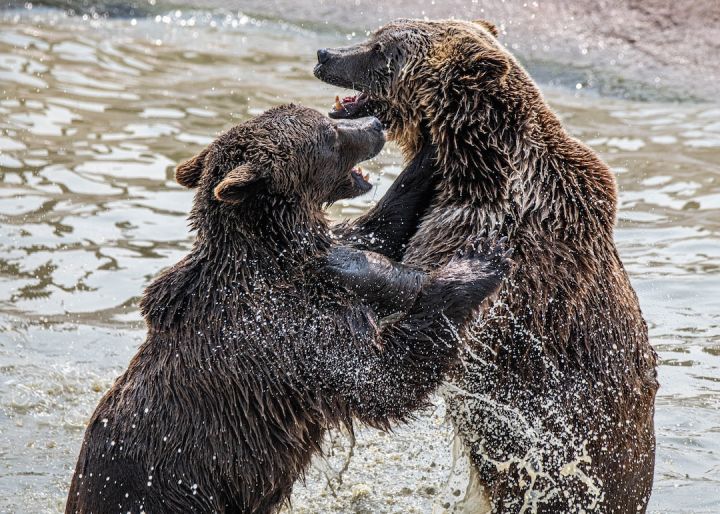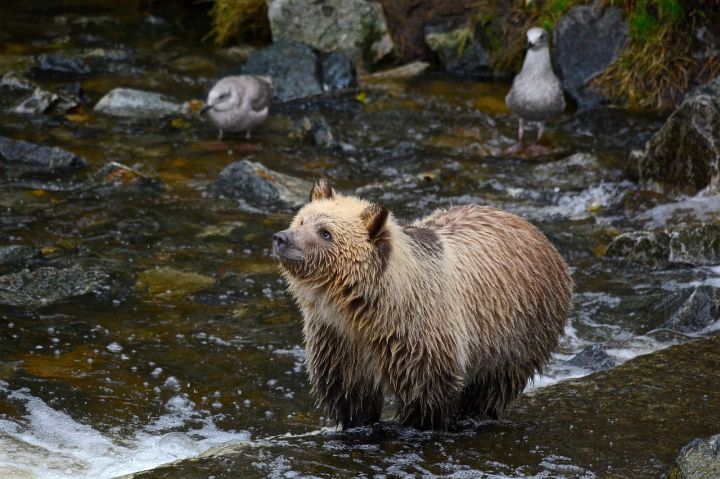Can You Visit Bear Country in Winter?
Winter is a magical season, with snow-covered landscapes and crisp, cold air. But what about visiting bear country during this time of year? Many people might assume that bears hibernate in winter and therefore it would be safe to visit their habitats. However, the reality is not as simple as it seems. In this article, we will explore whether it is possible to visit bear country in winter and what precautions you should take if you decide to do so.
Understanding Bear Hibernation
Before we delve into the possibility of visiting bear country in winter, it is important to understand the concept of bear hibernation. While it is true that bears enter a state of hibernation during the winter months, not all bears hibernate in the same way or for the same duration. Some bears, like the black bear, enter a deep sleep and do not wake up until spring. Other bears, like the grizzly bear, enter a state of torpor, which is a lighter form of hibernation. During torpor, bears can wake up and move around if necessary.
Risks of Visiting Bear Country in Winter
Visiting bear country in winter can pose certain risks due to the unpredictable nature of bear behavior during this season. While most bears are in hibernation or torpor, there is always a chance of encountering a bear that is awake and active. This is especially true in areas where food sources are still available, such as near human settlements or garbage dumps. Bears that are awake during winter may be more desperate for food and could become aggressive if they feel threatened or cornered.
Precautions to Take
If you still decide to visit bear country in winter, it is crucial to take precautions to ensure your safety and the well-being of the bears. Here are some important guidelines to follow:
1. Research and Plan: Before your trip, research the specific area you plan to visit and learn about the bear population, their behavior during winter, and any recent bear sightings. This will help you understand the risks and make an informed decision.
2. Stay Alert: While exploring bear country, always stay alert and keep an eye out for any signs of bear activity, such as tracks, scat, or claw marks on trees. Be especially cautious near potential food sources, such as berry patches or carcasses.
3. Make Noise: Bears are more likely to avoid human encounters if they are aware of your presence. Make noise while hiking or skiing, such as talking loudly, singing, or clapping your hands. This will alert bears to your presence and give them a chance to avoid you.
4. Carry Bear Spray: Bear spray is a highly effective deterrent against bear attacks. Make sure to carry it with you at all times and know how to use it properly. Practice using it before your trip, so you are prepared in case of an encounter.
5. Respect Bear Habitat: Remember that you are a guest in the bear’s habitat. Do not approach or feed bears, and always give them plenty of space. If you see a bear from a distance, observe it from afar without disturbing its natural behavior.
Conclusion
Visiting bear country in winter can be an exhilarating experience, but it is important to approach it with caution and respect for the bears and their habitat. While most bears are in hibernation or torpor during this season, there is still a risk of encountering an awake and active bear. By researching the area, staying alert, making noise, carrying bear spray, and respecting bear habitat, you can minimize the risks and enjoy a safe and memorable winter adventure in bear country.
